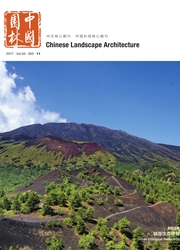

 中文摘要:
中文摘要:
印度的自然保护地体系是以国家公园为核心区,野生生物保护区、保护预留地、社区保护地和邦立森林保护区作为缓冲区或廊道的“动态”保护地体系。随着自然保护地体系的发展,印度自然保护地体系的管理模式从属地管理模式转变为中央统筹与地方自治相结合的综合管理模式,从排斥社区的“消极保护”走向联合社区的“积极保护”。同时,印度通过建立委员会、推进野生动物保护项目,实现了由政府、非政府组织(NGO)、专家学者、志愿者等多方参与共同保护管理的模式。
 英文摘要:
英文摘要:
India's Protected Area Network is a dynamic system, with National Parks being the core areas, Wildlife Sanctuary,Conservation Reserves, Community Reserves and reserved forests as the buffer or corridor. With the development of the Protected Area Network, the management system changed from local-government model to integrated management corresponding to various types of the protected areas, from passive protection towards positive protection which unites the local communities. Meanwhile, through the establishment of the National (or State) Board for Wild Life and putting forward the wildlife conservation projects, the government,NGOs, experts, volunteers are involved in protection and management together.
 同期刊论文项目
同期刊论文项目
 同项目期刊论文
同项目期刊论文
 期刊信息
期刊信息
